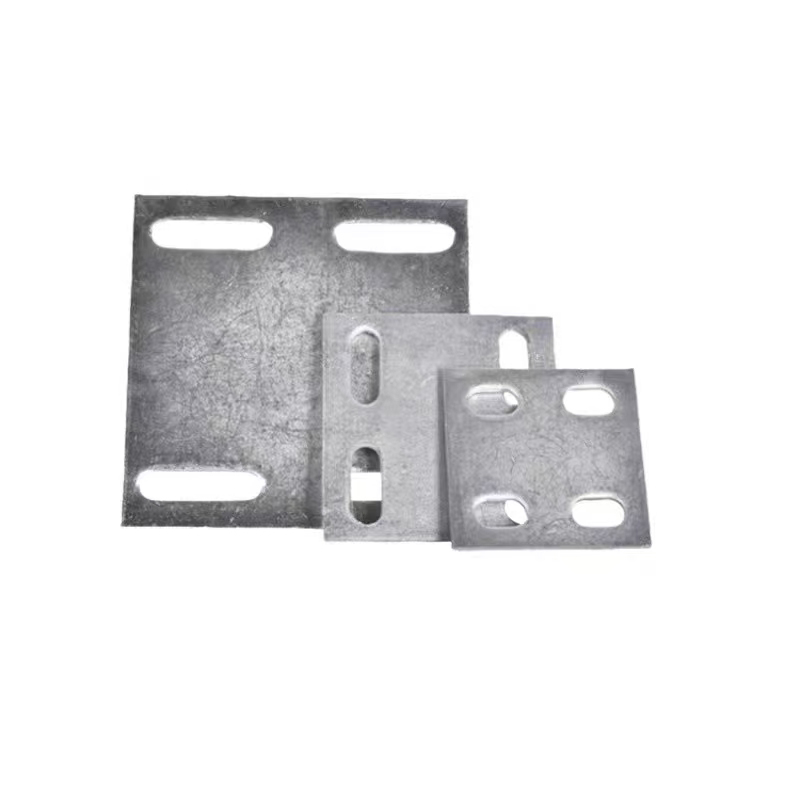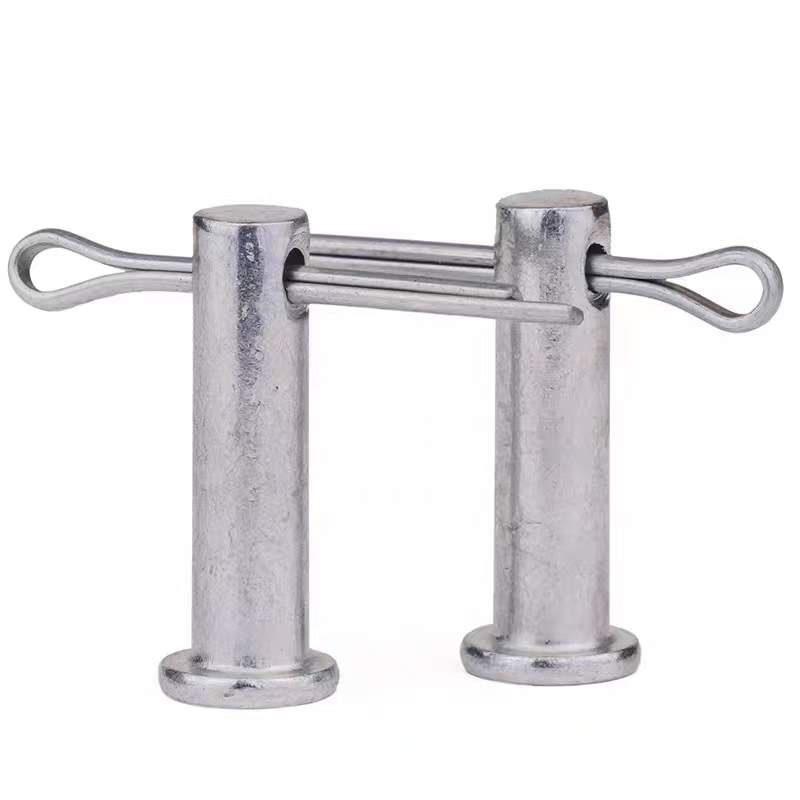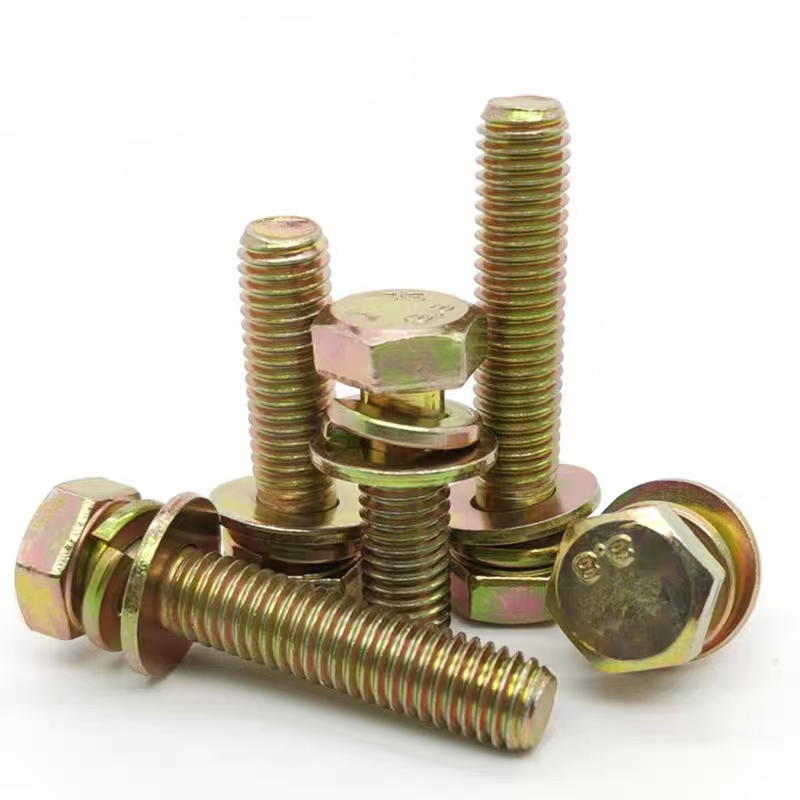- Chinese
- French
- German
- Portuguese
- Spanish
- Russian
- Japanese
- Korean
- Arabic
- Irish
- Greek
- Turkish
- Italian
- Danish
- Romanian
- Indonesian
- Czech
- Afrikaans
- Swedish
- Polish
- Basque
- Catalan
- Esperanto
- Hindi
- Lao
- Albanian
- Amharic
- Armenian
- Azerbaijani
- Belarusian
- Bengali
- Bosnian
- Bulgarian
- Cebuano
- Chichewa
- Corsican
- Croatian
- Dutch
- Estonian
- Filipino
- Finnish
- Frisian
- Galician
- Georgian
- Gujarati
- Haitian
- Hausa
- Hawaiian
- Hebrew
- Hmong
- Hungarian
- Icelandic
- Igbo
- Javanese
- Kannada
- Kazakh
- Khmer
- Kurdish
- Kyrgyz
- Latin
- Latvian
- Lithuanian
- Luxembou..
- Macedonian
- Malagasy
- Malay
- Malayalam
- Maltese
- Maori
- Marathi
- Mongolian
- Burmese
- Nepali
- Norwegian
- Pashto
- Persian
- Punjabi
- Serbian
- Sesotho
- Sinhala
- Slovak
- Slovenian
- Somali
- Samoan
- Scots Gaelic
- Shona
- Sindhi
- Sundanese
- Swahili
- Tajik
- Tamil
- Telugu
- Thai
- Ukrainian
- Urdu
- Uzbek
- Vietnamese
- Welsh
- Xhosa
- Yiddish
- Yoruba
- Zulu
- Kinyarwanda
- Tatar
- Oriya
- Turkmen
- Uyghur

Welding plate foot
html
Understanding the Intricacies of Welding Plate Foot
Welding plate foot might seem straightforward, but delving into its practical application reveals a world of nuance. It's not just about joining two pieces of metal; it’s about understanding materials, environment, and the purpose each weld serves. Let’s explore this vital component of metalwork, sharing insights from hands-on experience.
The Basics of Welding Plate Foot
At the core, the welding plate foot is the foundation, both in a literal and metaphorical sense, in many structural applications. When we talk about it, we’re zeroing in on how it supports and distributes weight across welded joints. A miscalculation in its dimensions or material can lead to catastrophic failures. So, knowing the basics isn’t just useful; it’s essential.
From working with steel to aluminum alloys, every material reacts differently under the welder’s torch. Steel offers resilience and weight support, while aluminum might be chosen for its lightweight nature. The choice is often dictated by what the finished product demands.
In my early days, I once underestimated the thickness required for a plate foot on a steel platform. The weld seemed solid, but under load, it started to give way. That experience drilled into me that precision in choosing the right thickness is non-negotiable.
Tools of the Trade
Tools are an extension of the welder’s hands. For a flawless welding plate foot, I rely heavily on precision tools like TIG and MIG welders, each serving specific functions. The TIG welder, with its ability to handle thinner sections, becomes indispensable when detailing is critical.
However, the MIG welder, with its speed and power, is excellent for heavier work. The choice of equipment often depends on the plate foot’s specifications. Once, during a job at Handan Zitai Fastener Manufacturing Co., Ltd., we needed equipment that could handle massive steel plates efficiently—MIG was the clear choice.
Don’t underestimate the subtler tools either. A properly calibrated welding helmet and high-quality gloves can mean the difference between a precise weld and one that's off the mark.
The Challenges and Solutions
Every project comes with its own set of challenges. Environmental factors, such as humidity and temperature, can drastically affect weld quality. I recall a particularly humid day in Hebei Province when even the best welds were coming out flawed. The solution? Controlled environments when feasible or adjusting the welding parameters on the fly.
The angle and position of the welding plate foot also play critical roles. Overhead welds, for instance, require distinct techniques compared to flat or horizontal positions. Experimenting with these in a controlled setting before committing to heavy-duty work can save a lot of headaches.
A reliable method is prototype testing. Before the final implementation, constructing a prototype allows for real-time assessment and necessary adjustments. It’s not always the most economical choice upfront but can prevent costly fixes down the road.
Real-World Applications
In industrial settings like those around Handan City, the application of welded plate foots often involves massive structures. Think of bridges or railways where precision can’t just be approximate—it needs to be exact. At Handan Zitai, we’ve integrated advanced techniques and computer-aided design to ensure these welds withstand rigorous use.
Here’s where the location's significance comes in. Proximity to major transport lines such as the Beijing-Guangzhou Railway often dictates material and logistic choices, influencing the welding strategies deployed. The better the planning, the smoother the execution.
In these high-stakes environments, continuous learning from each job only enhances future performance. It’s a field where you’re only as good as your last weld.
The Future of Welding Plate Foot
As technology advances, so do the methodologies surrounding welding plate foot. At the forefront is automation—robots now perform many tasks but don’t overshadow the human touch. We’ve seen this trend at Handan Zitai, where integrating automation has increased efficiency without sacrificing quality.
However, the human eye and instincts remain irreplaceable. Automated systems might detect anomalies, but the welder’s experience determines whether to trust the machine or make adjustments. It’s a fascinating interplay that keeps the work engaging and ever-evolving.
While future advancements promise more innovations, the core principles remain rooted in practical experience and skilled craftsmanship. No matter how sophisticated the technology gets, the pivotal role of experience in achieving flawless welds will never be obsolete.
Related products
Related products
Best selling products
Best selling products-
 High-strength blackened nuts
High-strength blackened nuts -
 Stud bolts
Stud bolts -
 Butterfly bolts
Butterfly bolts -
 Hot-dip galvanized embedded plate
Hot-dip galvanized embedded plate -
 Hot-dip galvanized chemical bolts
Hot-dip galvanized chemical bolts -
 Electrogalvanized cross countersunk drill thread
Electrogalvanized cross countersunk drill thread -
 Electroplated galvanized gaskets
Electroplated galvanized gaskets -
 Colored zinc-plated expansion hook
Colored zinc-plated expansion hook -
 Hexagon socket hot-dip galvanized bolts
Hexagon socket hot-dip galvanized bolts -
 Electrogalvanized pins
Electrogalvanized pins -
 Colored zinc-plated nuts
Colored zinc-plated nuts -
 Black zinc plated countersunk cross bolts
Black zinc plated countersunk cross bolts














